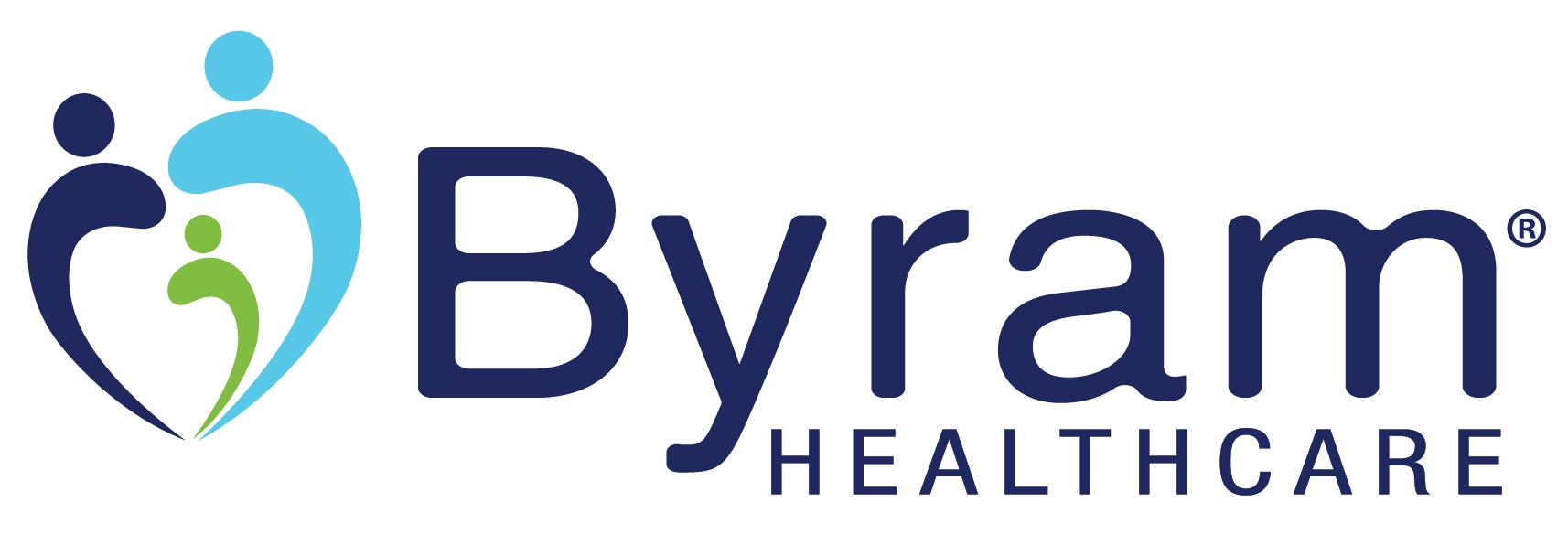
In the United States, close to 11% of Americans are currently living with some form of diabetes. Type 2 diabetes is closely related to lifestyle habits and therefore, can be prevented. Yet 1.5 million Americans continue to be diagnosed each year. Due to the increasing rate of diagnosis in adulthood, there are disproportionately more cases of diabetes amongst seniors age 65 and older. However, that does not mean that young children and adults are immune from the disease. Close to 90 million Americans age 18 and older have prediabetes, which can lead to diabetes when not properly cared for. As diabetes remains to be the seventh leading cause of death in the United States, claiming over 80,000 lives per year, it’s more important than ever to take preventative action and help reduce the rate of development across the population. In an effort to help mitigate these numbers, the National Diabetes Prevention Program (National DPP) was created. To better understand the implications from this study, we’ll address the question: what is the diabetes prevention program?
Understanding Diabetes
Diabetes is a chronic disease that occurs due to inefficiencies in how your body reacts to blood glucose, or blood sugar. While blood glucose is your body’s main energy source, you need an adequate amount of the hormone insulin alongside proper insulin processing to transform blood glucose from food into useable cellular energy. Diabetes is a diagnosis that describes instances where your body cannot process the insulin well, fails to make an adequate amount of insulin, or simply cannot produce any insulin at all. This creates a dangerous misbalance of the homeostasis within your body, as glucose remains in your blood stream instead of being delivered to the cells. While a temporary imbalance is a natural part of digestion, over time, the saturation of blood glucose in the blood leads to an array of problems—both short- and long-term.
When not properly addressed, the influx of glucose levels in your blood stream can increase your risk of heart disease and stroke, lead to high blood pressure, visual disturbances, loss of consciousness, organ malfunction or failure, diabetic neuropathy, and increase your risk for kidney failure and nerve damage. In response to the rising rates of prediabetes and diabetes in the U.S., the Diabetes Prevention Program was created.
An Overview of the National Diabetes Prevention Program
The National Diabetes Prevention Program was created in 2010 to address the increasing rates of prediabetes and diabetes across the entire U.S. population—from young children to seniors. It’s targeted at type 2 diabetes and aims to help determine the effects of nutritious eating, physical activity, and overall healthy lifestyle habits on the progression of the disease.
Who Developed the Diabetes Prevention Program?
The Diabetes Prevention Program is a partnership that was developed by a number of public and private organizations to help better understand how lifestyle habits contribute to increasing rates of type 2 diabetes. It is backed by the Centers for Disease Control and Prevention (CDC) and the U.S. Department of Health & Human Services. Other partners include a variety of federal agencies, state and local health departments, national and community organizations, employers, public and private insurers, health care professionals, university community education programs, and businesses that focus on wellness. It is truly a collaborative effort.
What is the Mission of the Diabetes Prevention Program?
The mission of the National DPP is to reduce the impact of diabetes. The National DPP was formed to create a public-private initiative that offers evidence-based, cost effective interventions in communities across the United States to prevent type 2 diabetes.
Understanding the Study
To begin the country-wide roll out of National DPP standards, a study needed to be conducted to ensure scientific backing on recommended lifestyle changes. These studies changed the way that many people began to see type 2 diabetes and have led to a notable reduction in the progression from prediabetes to type 2 diabetes.
The study was a randomized, controlled clinical trial that occurred from 1996 to 2001 in 27 clinical centers around the United States. There were 3,234 participants representing diverse ethnicities, people in high-risk groups, seniors, and people with a family history of diabetes. Each person in the study was randomly assigned to one of the following groups:
- Lifestyle Change Group – participants focused on weight loss efforts, nutritional changes, and were immersed in a guided regimen.
- Metformin Group – participants took 850mg of metformin twice a day and were given standard advice about diet and physical activity.
- Placebo Group – participants took a placebo twice a day instead of metformin and were given standard advice about diet and physical activity.
Results of the Diabetes Prevention Program
Research showed that over the course of three years, those who were assigned to the lifestyle change group cut their risk of developing type 2 diabetes by 58%. While those in the metformin group also reduced their risk of developing type 2 diabetes (by 31%), the lifestyle change group had much more effective results without the use of pharmaceuticals. This was a huge development, as it finally showed that lifestyle changes can have a substantial impact in preventing the occurrence of type 2 diabetes across a range of diverse individuals.
Different Facets of the National Diabetes Prevention Program
There are many different groups involved in the Diabetes Prevention Program, both public and private. To give you an example of a few, here is more information on the CDC, YMCA, and Medicare’s involvement with the National DPP.
The CDC Diabetes Prevention Program Standards
In order to be recognized by the CDC as an approved National DPP partner in providing lifestyle change programs, an organization must follow certain standards. Organizations must adhere to the following standards and guidelines:
- Use a CDC-approved curriculum.
- Maintain the ability to begin offering participants the lifestyle program within six months of CDC approval.
- Have the capacity and commitment to deliver the program over at least one year, which includes 16 sessions in the first six months and at least six sessions during the last six months.
- Ability to submit data on participants’ progress every six months.
- Offer trained lifestyle coaches who can help implement the program and assist participants.
- Designate individuals to serve as the Diabetes Prevention Program coordinator.
- Have an enrollment where at least 35% of participants have been diagnosed with prediabetes through testing.
YMCA Diabetes Prevention Program Involvement
There more than 200 YMCA centers across the U.S. that offer National DPP programs. These are small group programs that aim to help people with prediabetes eat healthier, increase their physical activity, and lose weight. Depending on your health plan, this program may be covered as a benefit for you and thus, can be taken with little or no out-of-pocket costs.
The Medicare Diabetes Prevention Program Expanded Model
The Medicare Diabetes Prevention Program (MDPP) is a structured intervention with the goal of preventing type 2 diabetes in individuals with an indication of prediabetes. It’s a clinical intervention built up of intensive “core” sessions of the CDC approved curriculum that lasts over the course of six months. The MDPP model is group-based and is conducted in a classroom setting for training and strategizing. MDPP requires a minimum of 16 intensive sessions, which can be followed up with monthly meetings to help maintain behavioral changes.
Future Implications from the Diabetes Prevention Program Results
The results of the National DPP study led to follow up studies and further testing to see long-term effects on the decrease of diabetes-related illnesses. Since the original testing phase, the Diabetes Prevention Program Outcomes Study (DPPOS) has been conducted. Similarly, in 2016, the National Institute of Diabetes and Digestive and Kidney Diseases (NIDDK) partnered with the National Heart, Lung, and Blood Institute (NHLBI) and the National Cancer Institute (NCI) to begin a third phase of DPPOS intended to last 10 years. This extension is aimed at determining the effect of metformin, cardiovascular disease, and cancer.
To help make the impact of the National DPP even stronger, the CDC has outlined how everyone in the community can help. Since many people living with prediabetes are unaware of their condition, it’s important to see your doctor regularly. If you have a family history of diabetes, be proactive and schedule a screening. Prediabetes can be reversed when caught in time and treated accordingly. For the biggest impact, continue to raise awareness, share information, encourage participation in lifestyle changes, and promote the National DPP as a covered health benefit. Byram Healthcare is proud to support the National DPP. For those living with diabetes, we offer high-quality medical-grade diabetes products and support.
**Opening paragraph statistics taken from https://www.diabetes.org/resources/statistics/statistics-about-diabetes




